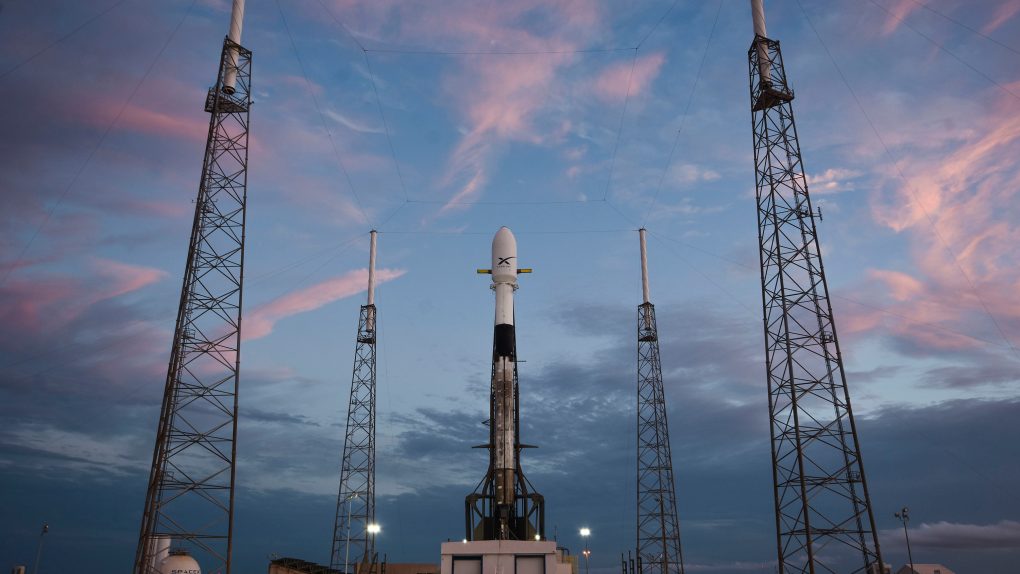- SpaceX has a new plan for minimizing the visibility of its Starlink satellites from Earth.
- The company will use shaded “visors” to mitigate the reflection of sunlight off the satellites.
- Astronomers have voiced their concerns over the Starlink program, stating that the satellites interfere with their observations of space.
- Visit BGR’s homepage for more stories.
It’s no secret that SpaceX is going to have to send a whole bunch of its Starlink satellites into space if it wants to develop the futuristic worldwide high-speed data network it has in mind. Unfortunately, astronomers have been rather outspoken regarding how easily visible the tiny satellites are, and how they can potentially interfere with observations of space from the ground.
SpaceX has been receptive of these criticisms to a certain degree, with head man Elon Musk stating that it might be possible to paint the satellites in a shade of flat black to make them less visible when gazing skyward. However, the company appears to have come up with an entirely new solution in the form of “shades” that will ideally prevent the satellites from reflecting sunlight.
As SpaceNews reports, the new “VisorSat” satellites are the company’s plan to make the ever-growing Starlink constellation much less visible from Earth. The company was already using darker versions of its Starlink satellites in the hopes of mitigating some of the problems, but the change hasn’t been dramatic enough, so they’re testing something new.
“Our objectives, generally, are to make the satellites invisible to the naked eye within a week, and to minimize the impact on astronomy, especially so that we do not saturate observatory detectors and inhibit discoveries,” Elon Musk said. This involves satellites with shaded visors that will block sunlight and the reflections off of the spacecraft and back down to Earth.
Along with this new technology, SpaceX is also planning on reorienting the satellites so that their solar panels don’t reflect sunlight back down to Earth. This will be done during the phase in which the satellites are rising up to their intended orbits. Musk is confident that the combination of these measures will greatly reduce the visibility of the satellites from Earth, and will hopefully eliminate concerns from astronomers who are worried that the mega-constellation with up to 40,000 planned satellites will interfere with their observations of space.
The SpaceX Starlink project has been in the works for some time now, and there are over 400 of the tiny satellites already in orbit around Earth. Musk predicts that early private beta testing of the network could start as soon as this year, though a date for a full-scale rollout remains to be decided upon. Eventually, the company could have as many as 40,000 Starlink satellites cruising around Earth, forming a grid that would deliver high-speed connections to many remote areas.








